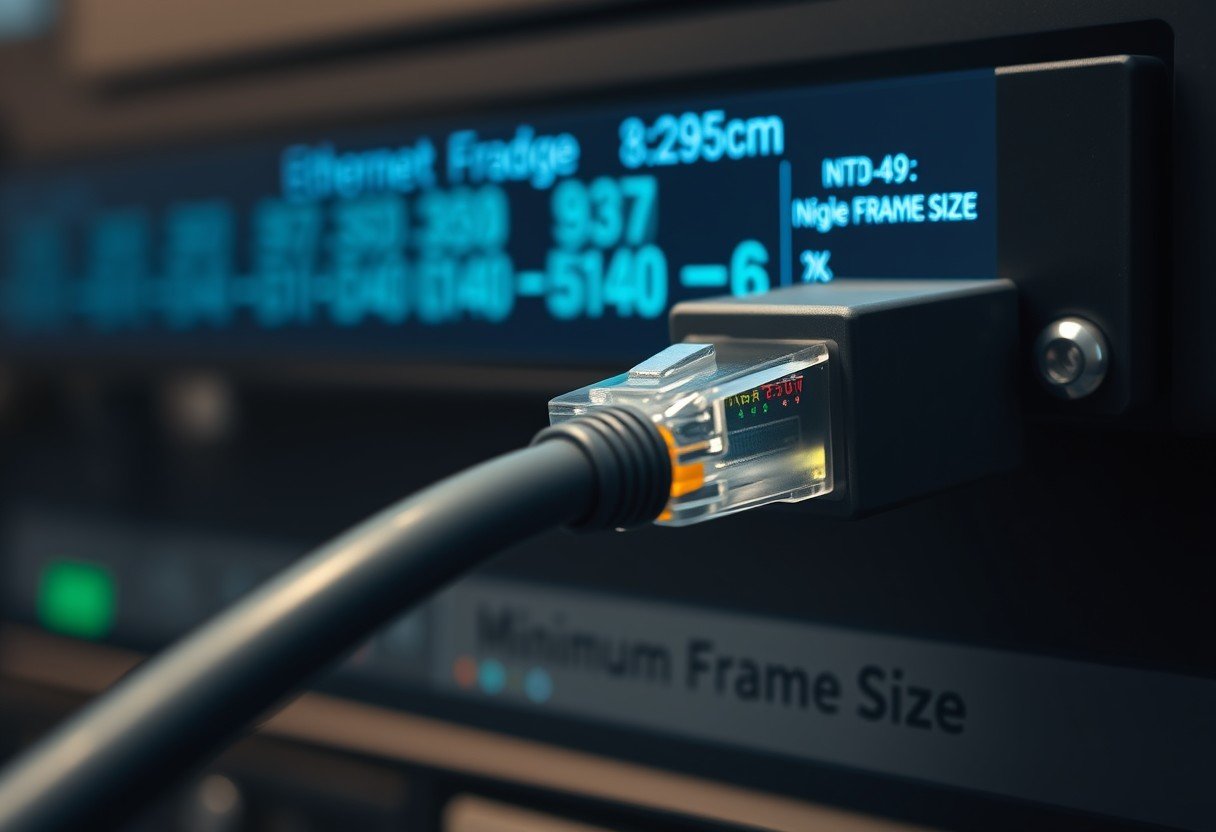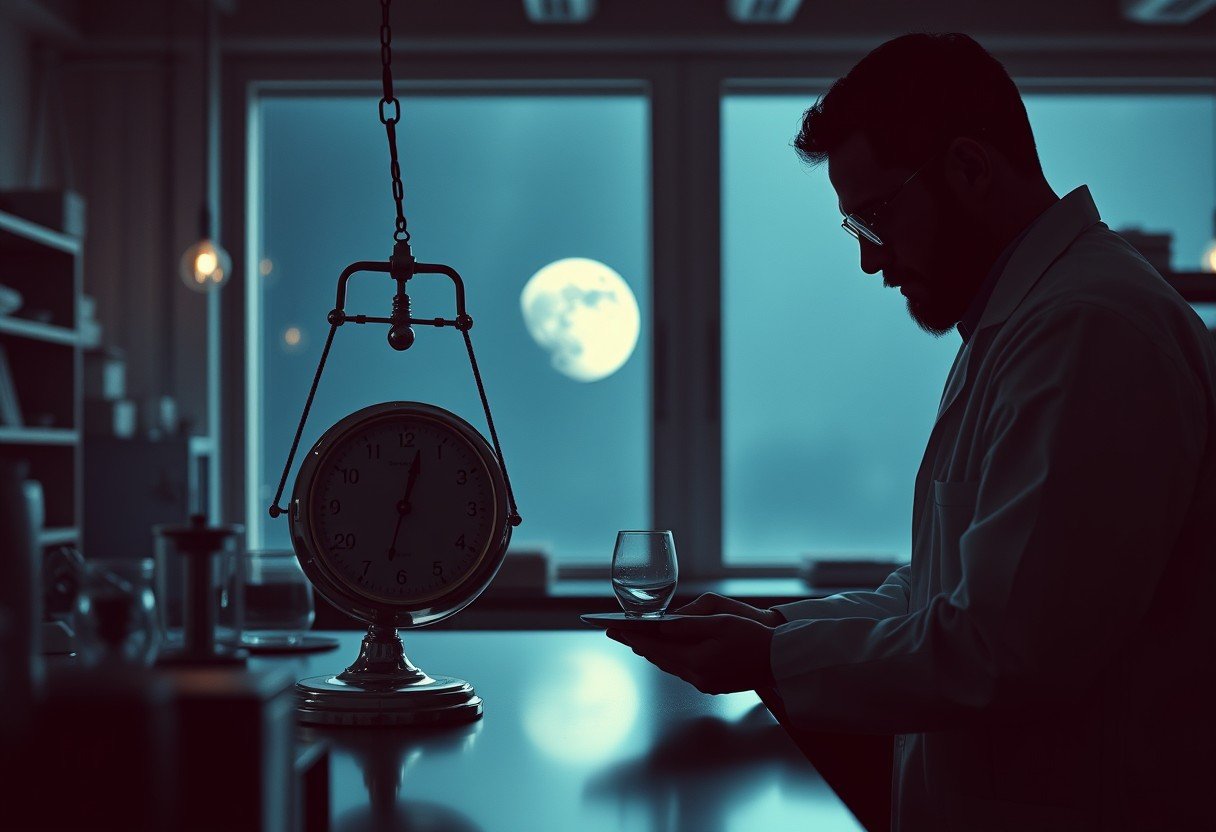The Sun’s gravitational equilibrium is a cornerstone concept in understanding how our star remains stable and luminous over billions of years. This delicate balance between inward gravitational force and outward pressure from nuclear fusion not only sustains the Sun’s structure but also supports life on Earth. Let’s explore what gravitational equilibrium means for the Sun and why it matters for the solar system and beyond.
The Concept of Gravitational Equilibrium
Gravitational equilibrium refers to the state where the inward pull of gravity is exactly balanced by the outward pressure created by nuclear fusion at the core of the Sun. Without this balance, the Sun would be unstable—either collapsing inward or expanding outward. This equilibrium is essential for the Sun to maintain its size, shape, and energy output over long periods.
For the Sun, this balance is particularly important because its gravity is immense due to its massive size. The nuclear fusion reactions at the core generate enough pressure to push outward, counteracting gravity. This ongoing standoff keeps the Sun in a stable state, allowing it to shine consistently for billions of years.
Understanding gravitational equilibrium helps explain not only the Sun’s behavior but also the lifecycle of stars everywhere. This principle is a foundation of stellar physics and gives us insights into how stars form, live, and eventually die.
The Structure of the Sun
The Sun is not a uniform ball of gas but a layered structure, each part contributing to its overall stability and energy production. These layers interact in complex ways to support the balance of forces inside the Sun.
The main layers of the Sun include:
- Core: The site of nuclear fusion and energy production.
- Radiative Zone: Where energy travels outward by radiation.
- Convective Zone: Where hot plasma rises and cool plasma sinks, carrying energy to the surface.
Beyond these, the photosphere forms the visible surface, while the chromosphere and corona make up the Sun’s atmosphere. Each layer has a unique temperature and role in sustaining the Sun’s output.
For example, temperatures in the core reach about 15 million degrees Celsius, driving the fusion reactions that are key to the Sun’s energy and equilibrium. The outer layers help transport this energy to space, ensuring the Sun’s heat and light reach Earth.
Pressure and Temperature: The Balancing Act
The interplay of pressure and temperature inside the Sun is fundamental to its gravitational equilibrium. In the Sun’s core, extreme pressure and heat make nuclear fusion possible, fusing hydrogen atoms into helium and releasing enormous energy.
This process creates a powerful outward pressure. If the core were to cool or fusion slowed, gravity would dominate, compressing the Sun further until the fusion rate rose again. Conversely, if fusion increased too much, the pressure would push the outer layers outward, cooling and slowing fusion until balance was restored.
To see this balance in action, consider the temperature gradient across the Sun’s layers:
| Layer | Temperature (°C) |
|---|---|
| Core | 15 million |
| Radiative Zone | 2-7 million |
| Convective Zone | 1.5 million |
| Photosphere | 5,500 |
| Chromosphere | 20,000 |
| Corona | 1-3 million |
This table highlights how the Sun’s internal temperatures support the energy balance that keeps it stable and shining.
Forces at Play: Gravity vs. Nuclear Fusion
Two main forces determine the Sun’s fate: gravity pulling inward and nuclear fusion pushing outward. The sheer mass of the Sun creates a strong gravitational pull, compressing all the material toward the center.
However, nuclear fusion in the core produces enough energy to push against this force. The fusion process—mainly the conversion of hydrogen into helium—releases tremendous heat and light, which you observe as sunlight.
Key forces in the Sun’s equilibrium include:
- Gravitational Pressure: Maintains the Sun’s compact shape.
- Thermal Pressure: Supports the Sun against collapse.
If fusion stopped, gravity would win, and the Sun would shrink rapidly. If fusion increased dramatically, the Sun could expand and lose stability. The ongoing balance between these two forces is what keeps the Sun as a reliable source of energy for the solar system.
Hydrostatic Equilibrium and Solar Stability
The specific term for the Sun’s internal balance is hydrostatic equilibrium. This means that, at every point inside the Sun, the inward pull of gravity is exactly matched by the outward pressure of hot gases. This equilibrium is what allows the Sun to maintain a stable size and shape for billions of years.
Hydrostatic equilibrium is not just a theoretical idea; it is observed in the Sun’s consistent luminosity and temperature. Disruptions to this equilibrium, such as changes in fusion rates or disturbances in the outer layers, can cause solar activity like flares and coronal mass ejections.
Maintaining this stability is critical for life on Earth. The Sun’s steady energy output supports climates, ecosystems, and the very existence of water in liquid form. Any major deviation in this balance could have dramatic effects on the solar system.
Observational Evidence and Solar Dynamics
Scientists have gathered a wealth of evidence confirming the Sun’s gravitational equilibrium. By studying the Sun’s light, temperature, and spectrum, astronomers can infer details about its internal structure and balance of forces.
Space missions and solar observatories track fluctuations in the Sun’s output and surface activity. These observations show that, despite frequent solar storms and cycles, the Sun’s overall stability remains remarkably constant. Advanced modeling and computer simulations also support the theory, matching what we observe in the real Sun.
This research helps scientists predict solar activity, protect satellites and power grids, and understand the broader workings of stars in our galaxy.
Astrophysical Implications and Stellar Life Cycles
Understanding the Sun’s gravitational equilibrium has far-reaching implications in astrophysics. This principle applies to all stars and helps explain how they form, evolve, and eventually die. When a star can no longer balance gravity with outward pressure—such as when it runs out of fuel—it undergoes dramatic changes, like expanding into a red giant or collapsing into a white dwarf.
For the solar system, the Sun’s equilibrium ensures that planets maintain stable orbits and receive a constant supply of energy. If the Sun were to lose this balance, the effects would ripple across the solar system, altering climates and potentially endangering life.
Studying gravitational equilibrium also helps astronomers understand exoplanets and distant stars, unlocking secrets about the universe’s structure and evolution.
Final Words
When the Sun is said to be in gravitational equilibrium, it means there is a perfect balance between gravity pulling inward and the pressure from nuclear fusion pushing outward. This balance is essential for the Sun’s long-term stability, its ability to shine, and its role as the anchor of our solar system. Gaining an understanding of this equilibrium not only deepens your appreciation for the Sun but also expands your knowledge of the universe and the forces that shape it.
FAQ
What does gravitational equilibrium mean in the context of the Sun?
Gravitational equilibrium, or hydrostatic equilibrium, is the balance between the Sun’s gravity pulling inward and the outward pressure from nuclear fusion at its core. This balance keeps the Sun stable and prevents it from collapsing or expanding uncontrollably.
How does gravitational equilibrium affect the Sun’s structure?
Gravitational equilibrium ensures that each layer of the Sun, from the core to the corona, remains stable. If pressure or temperature in a layer changes, gravity will adjust the layer’s position to restore balance, keeping the Sun’s overall structure intact.
What would happen if the Sun were not in gravitational equilibrium?
If the Sun lost its equilibrium, it would either collapse under its own gravity or expand outward. Such instability could lead to rapid temperature changes, increased solar activity, or even the breakdown of the star’s structure.
How does nuclear fusion contribute to the maintenance of gravitational equilibrium?
Nuclear fusion in the Sun’s core generates outward pressure by converting hydrogen into helium and releasing energy. This pressure counterbalances gravity, maintaining the Sun’s stability for billions of years.
Can gravitational equilibrium in the Sun change over time?
Yes, as the Sun ages and uses up its hydrogen fuel, the balance of forces will shift. Eventually, this will cause the Sun to expand into a red giant and later evolve into a white dwarf, reflecting changes in its equilibrium and internal processes.









Leave a Comment